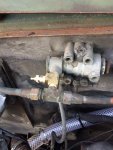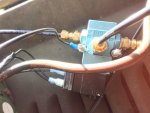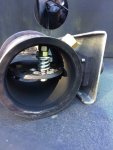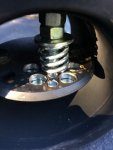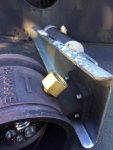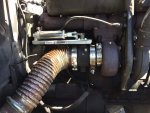- 6,425
- 4,990
- 113
- Location
- Ft. Lauderdale, Florida
Now I already knew what PUI is, but did not know about FUD,
Doesn't sound all that bad to me. looked it up.
FUD; fəd; noun
fear, uncertainty and doubt, usually evoked intentionally
in order to put a competitor at a disadvantage.
Now, why don't all you teachers go back to teaching, I was actually
learning about new and old engine stuff for a while there.
I have a 48 year old truck to keep running and the teachers were helping!
How about a nice game of chess?
Doesn't sound all that bad to me. looked it up.
FUD; fəd; noun
fear, uncertainty and doubt, usually evoked intentionally
in order to put a competitor at a disadvantage.
Now, why don't all you teachers go back to teaching, I was actually
learning about new and old engine stuff for a while there.
I have a 48 year old truck to keep running and the teachers were helping!
How about a nice game of chess?


